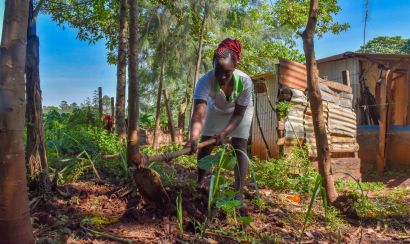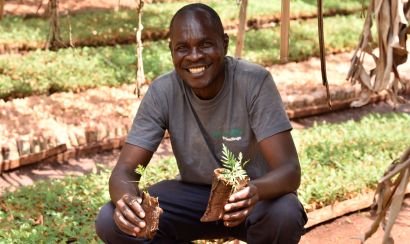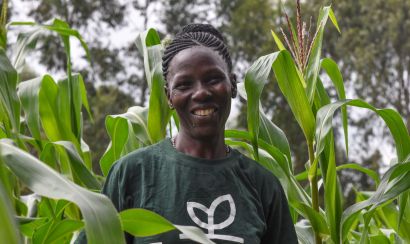Maize Urea vs. CAN Trial
Fertilizer is one of the primary inputs that go into smallholder farming systems in East Africa. Together with seed, fertilizer provides the backbone of the One Acre Fund input supply program. It is common for program farmers to apply nitrogen fertilizer based on plant height.
Maize in particular is a heavy nitrogen (N) feeder, with up to 100 kilograms (kg) of N per hectare required to produce
good yields. Maize plants require relatively little N when small, and greater amounts of N midway through the season, particularly in the month before flowering. This fertilizer is applied to maize as a “top dress” application. Urea (46% N) contains more N per unit than the CAN (26% N) top dress fertilizer that is currently offered to program farmers, and therefore could have an additional yield benefit if offered.
In addition, increasing the top dress application rate from 123.5 kg/ha to 247 kg/ha may lead to additional profit gains.
For this trial, we compared yields between urea and CAN at different application rates, and we are also in the process
of analyzing soil acidity differences.
This report shares the results of a trial in Kenya to test the maize yield effect of urea compared to CAN. A secondary objective of the trial was to measure the soil acidity level effect of the different top dress options.



